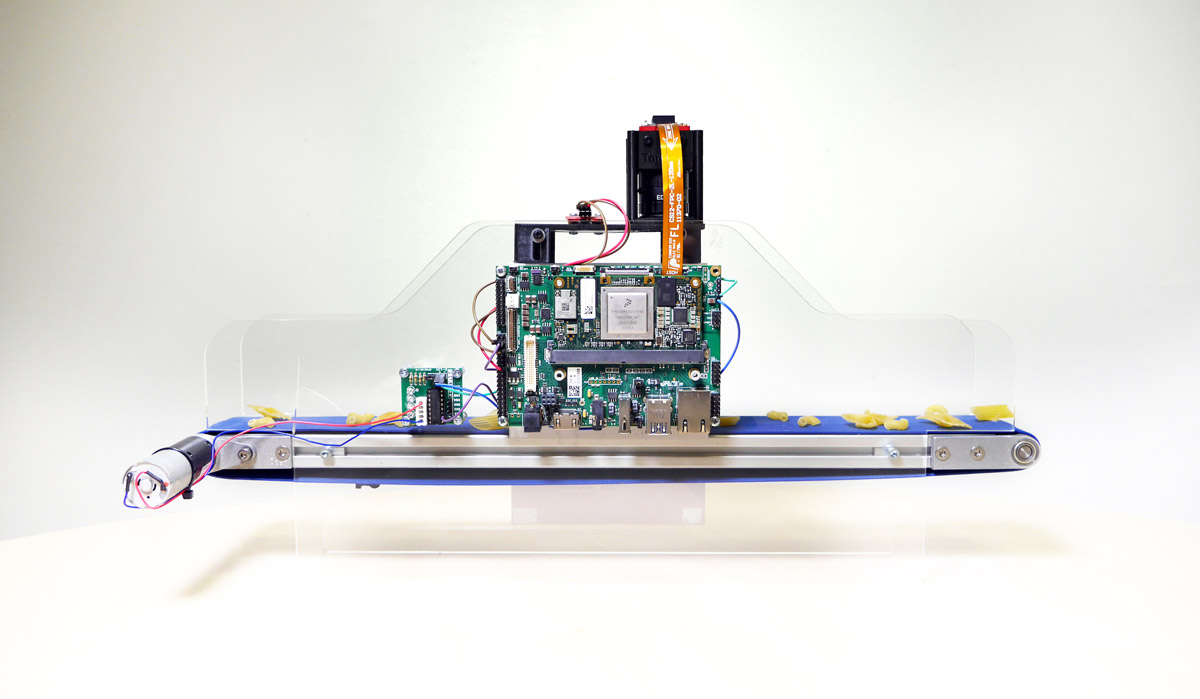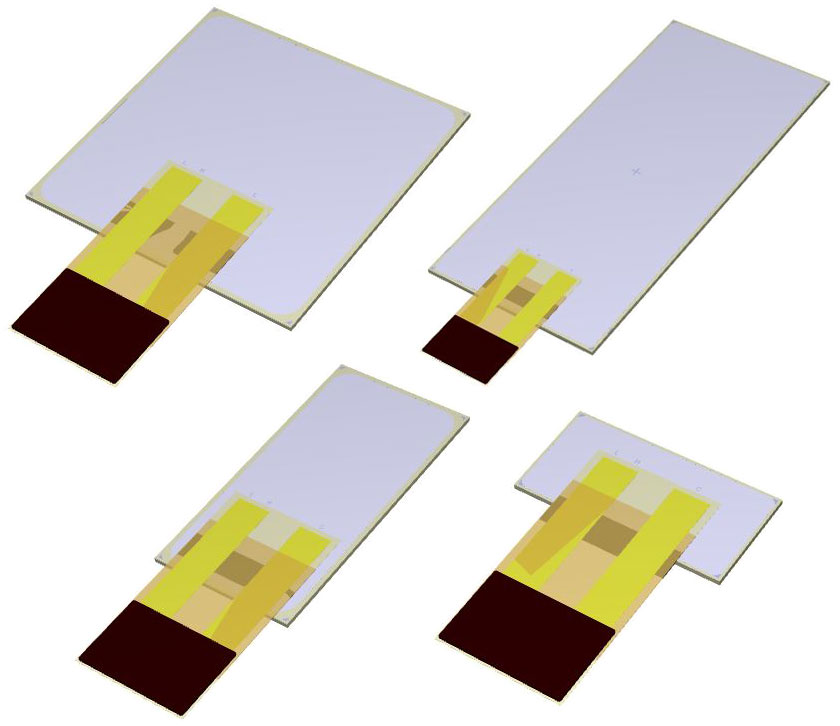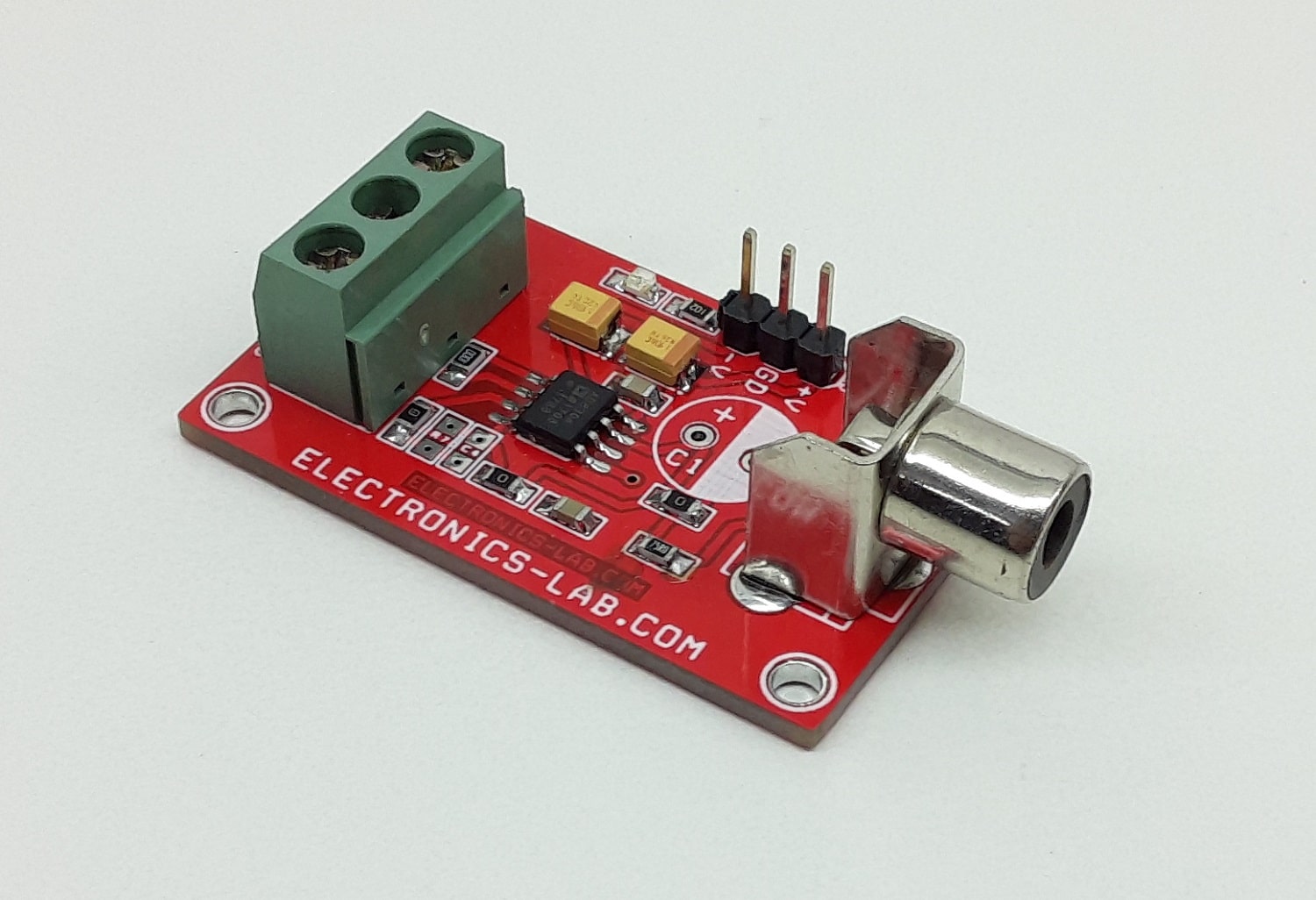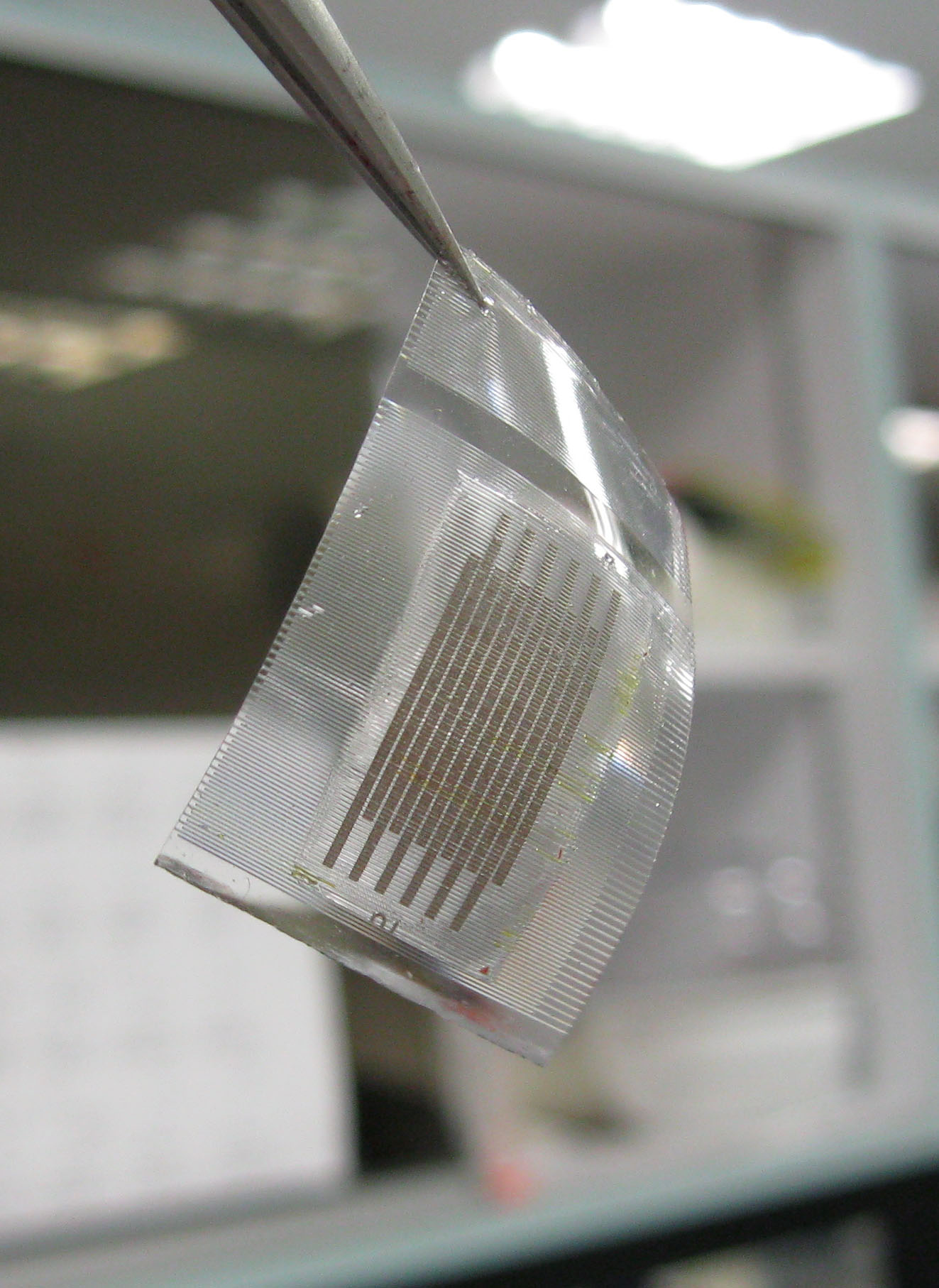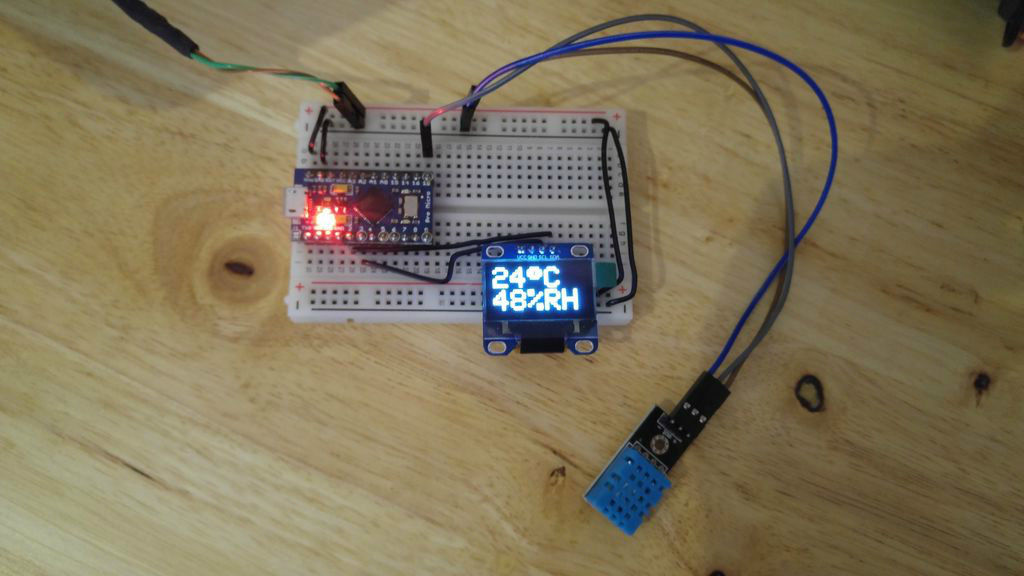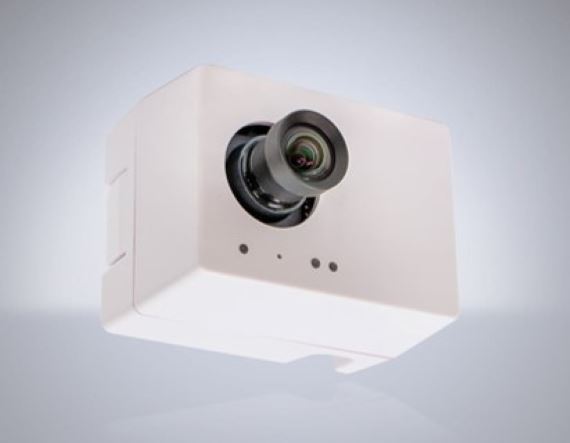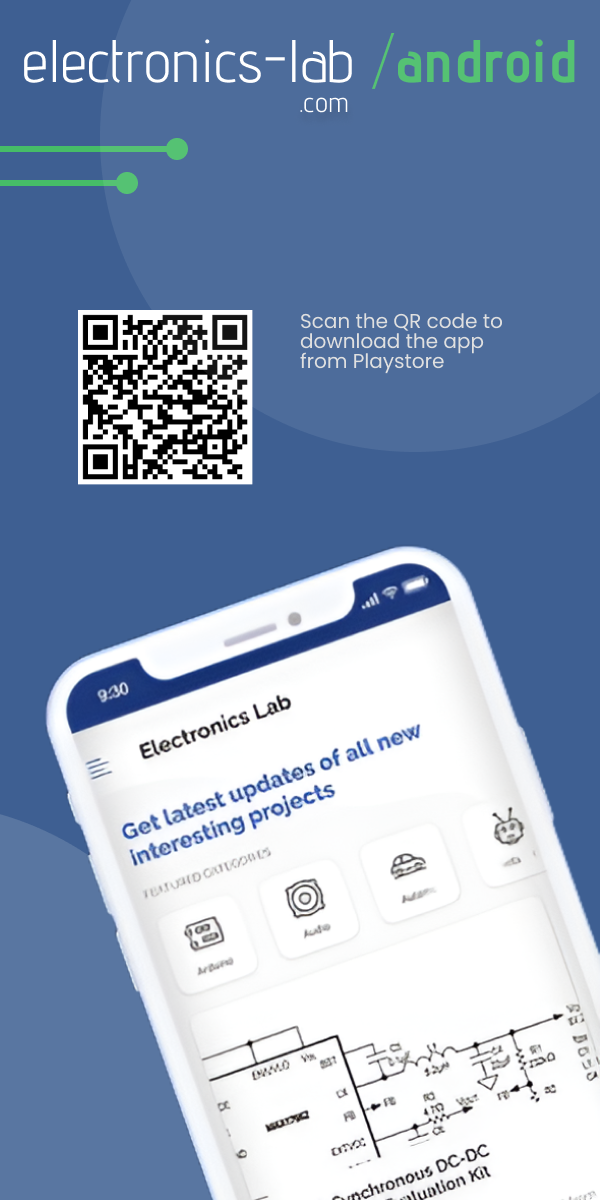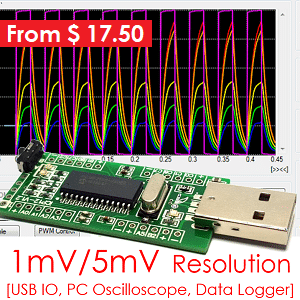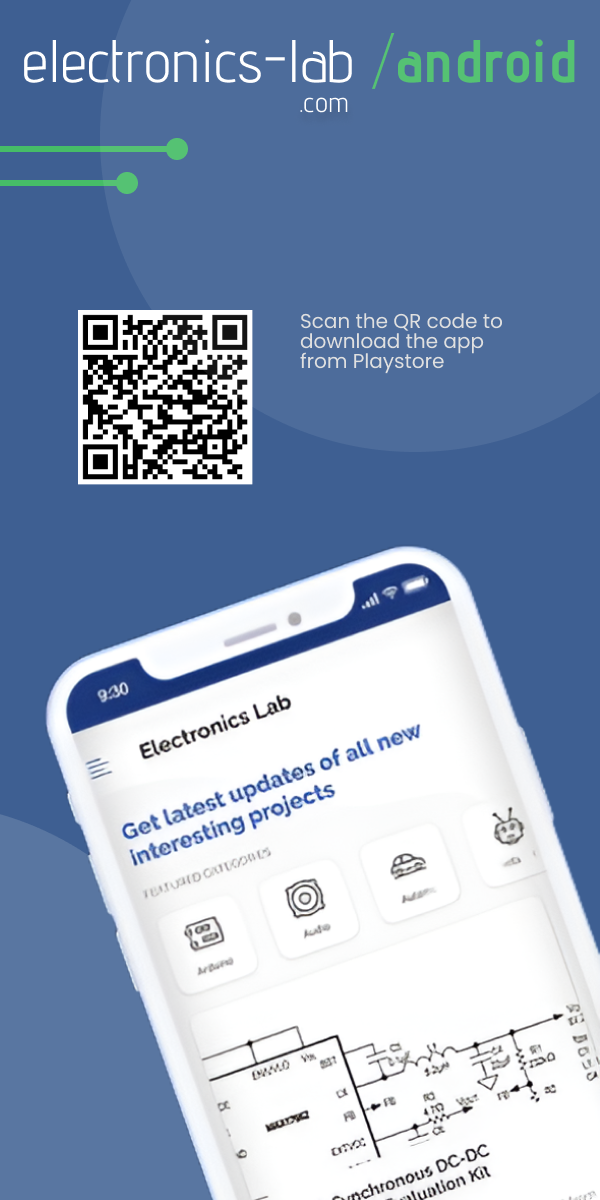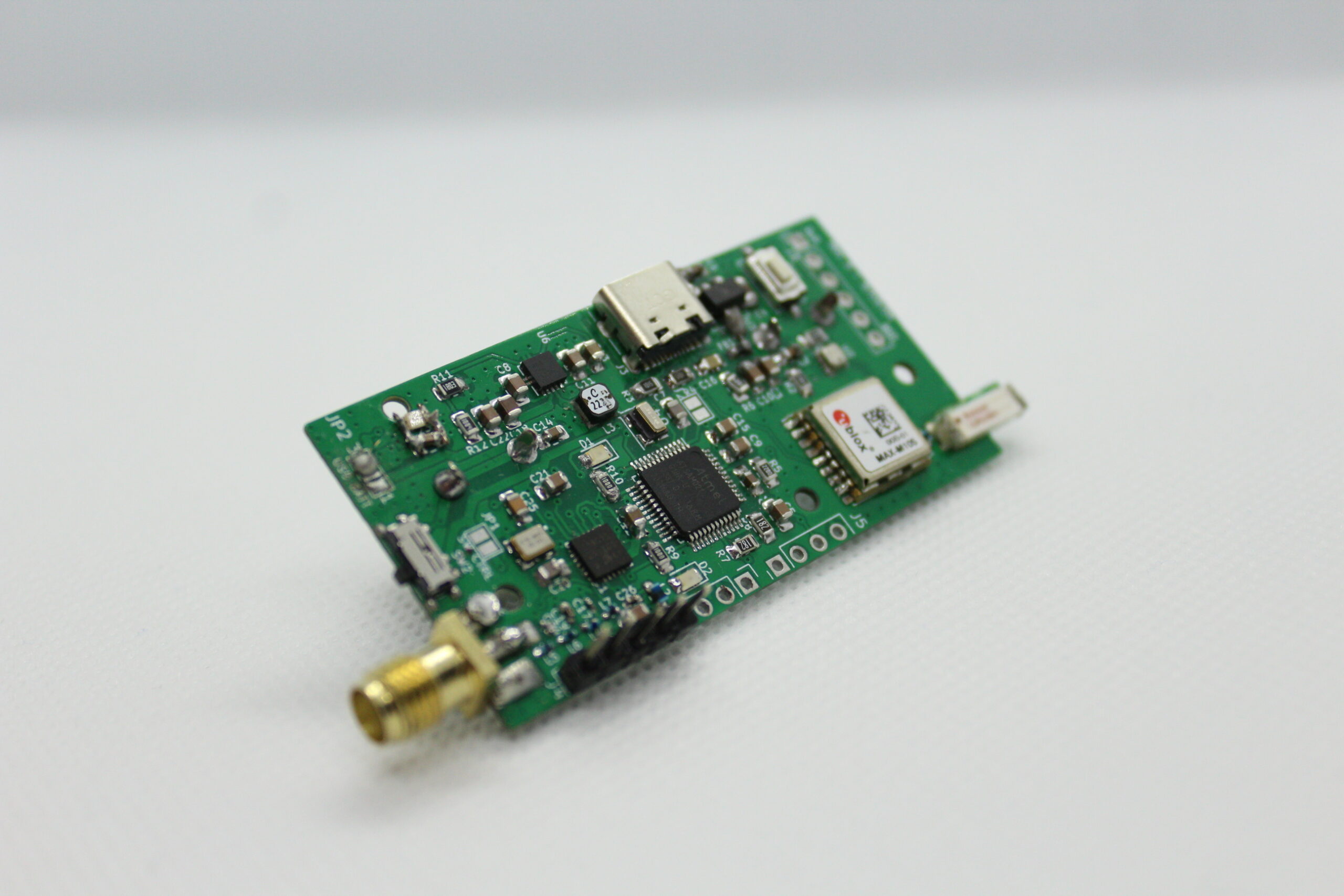
Tiny4FSK: A Compact Lightweight Tracking System for High-Altitude Balloon Projects

Makers have recently announced the Tiny4FSK, a lightweight, high-altitude tracking system designed for use with high-altitude balloons (HABs), running on a single AA battery for 10-17 hours. It utilizes 4-frequency shift keying (4FSK) and the Horus Binary v2 system, commonly used with RS41ng radiosondes. It features a modular design with a microcontroller (SAMD21G18A), a GPS module (MAX-M10S), a transceiver (Si4063), and an environmental sensor (BME280) for measuring temperature, pressure, and humidity.
![]()
The system operates on 433.200 MHz and can be customized via the Arduino IDE. Key components include a boost converter and a low-dropout (LDO) step-down regulator to maintain power efficiency. Users can configure the device through a config file, and the project requires a Horus v2 ID for tracking. Tiny4FSK is ideal for hobbyists and researchers interested in near-space payloads, offering an energy-efficient, customizable platform for HAB launches.
Previously we have covered similar balloon-tracking systems including the FeatherHub (Balloon tracker), SafeBee GPS tracker, and some tracking modules like the Semtech Lora Edge LR1120, the Pettee STM32F401RBT6, and many more. Therefore, feel free to check those out, if you are interested in this topic.
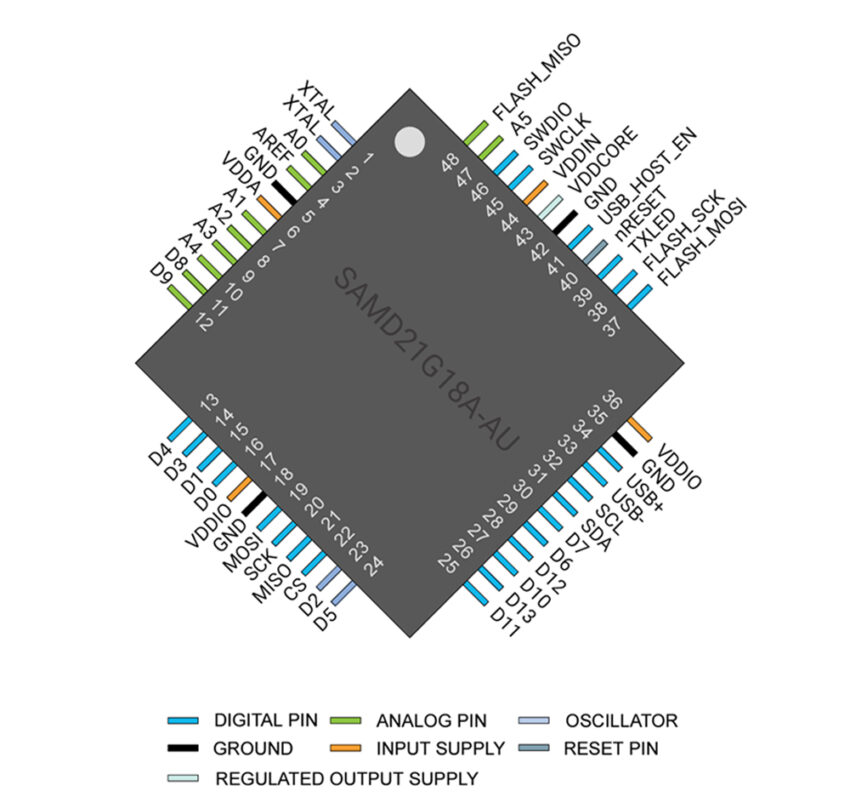
Tiny4FSK Compact Lightweight Tracking System Specifications:
- Microcontroller: Microchip SAMD21G18A Cortex-M0+ MCU
- Transmitter: Silicon Labs Si4063 433 MHz Transceiver (4FSK modulation)
- GPS Receiver: Ublox MAX-M10S GPS module
- Environmental Sensor: Bosch BME280 (temperature, pressure, humidity)
- Power Consumption: 10-17 hours operation with short position update intervals
- Step-Down Converter: Microchip MCP1700 LDO regulator
- Frequency: 433.200 MHz (adjustable within 70 cm amateur band)
- Modulation: 4FSK (4-frequency shift keying)
- Horus Binary v2: Golay error correction, CRC16 parity bits
- PCB Features:
- JP1 for power control via switch
- JP2 for USB or battery power selection
- SW1 reset button, SW2 battery switch
- AE1 for GPS antenna, AE2 for 70 cm antenna
- User Configuration: Customizable via Arduino IDE (config. h file)
- Operating Modes: Normal and low-power sleep mode with SAMD21 core modifications
- License:
- GNU GPL v3 (Software)
- CERN Open Hardware License v2 (Hardware)
- OSHW (US002611)
- Power Supply: Single AA battery with boost converter (TPS61200) to 3.3V
- Dimensions: [Not Specified]
![]()
To set up the Tiny4FSK project in the Arduino IDE, first install the Arduino IDE and then download the Arduino SAMD core. Next, install the required libraries from the library manager, including ArduinoLowPower and Sparkfun GNSS v3. Additionally, you’ll need to download the TinyBME280 library directly from GitHub. Once everything is installed, open the Tiny4FSK.ino file by double-clicking it, which should automatically launch the Arduino IDE for further configuration and coding.
![]()
More importantly, Arduino issues a warning stating that this modification affects the API since all pins are set as INPUT at startup. However, it significantly reduces power consumption in low-power mode, lowering it from 0.6mA to 0.03mA. This change has not observed any negative effects in testing.
![]()
This project is still under development and testing, for further information, you can visit their GitHub page.





